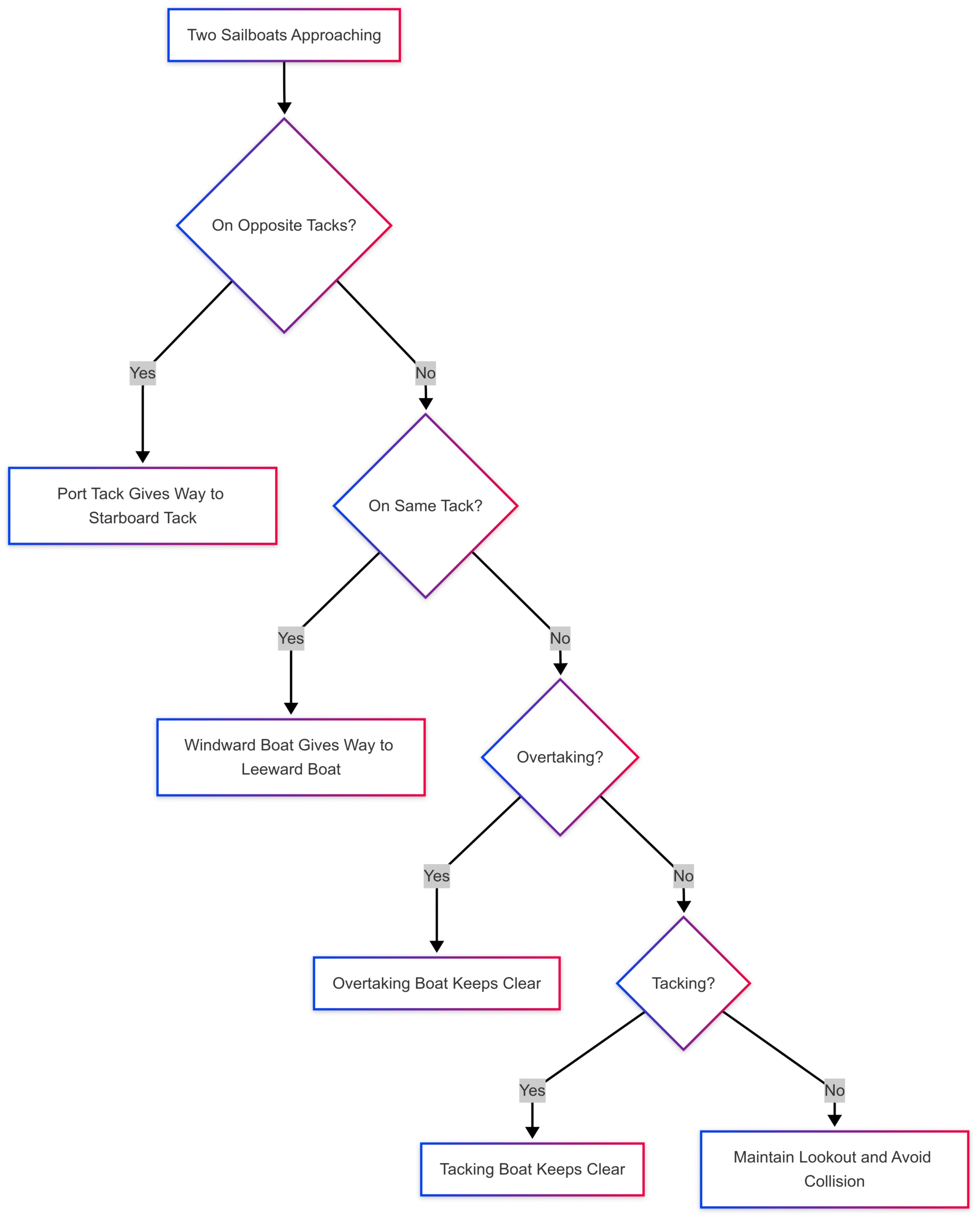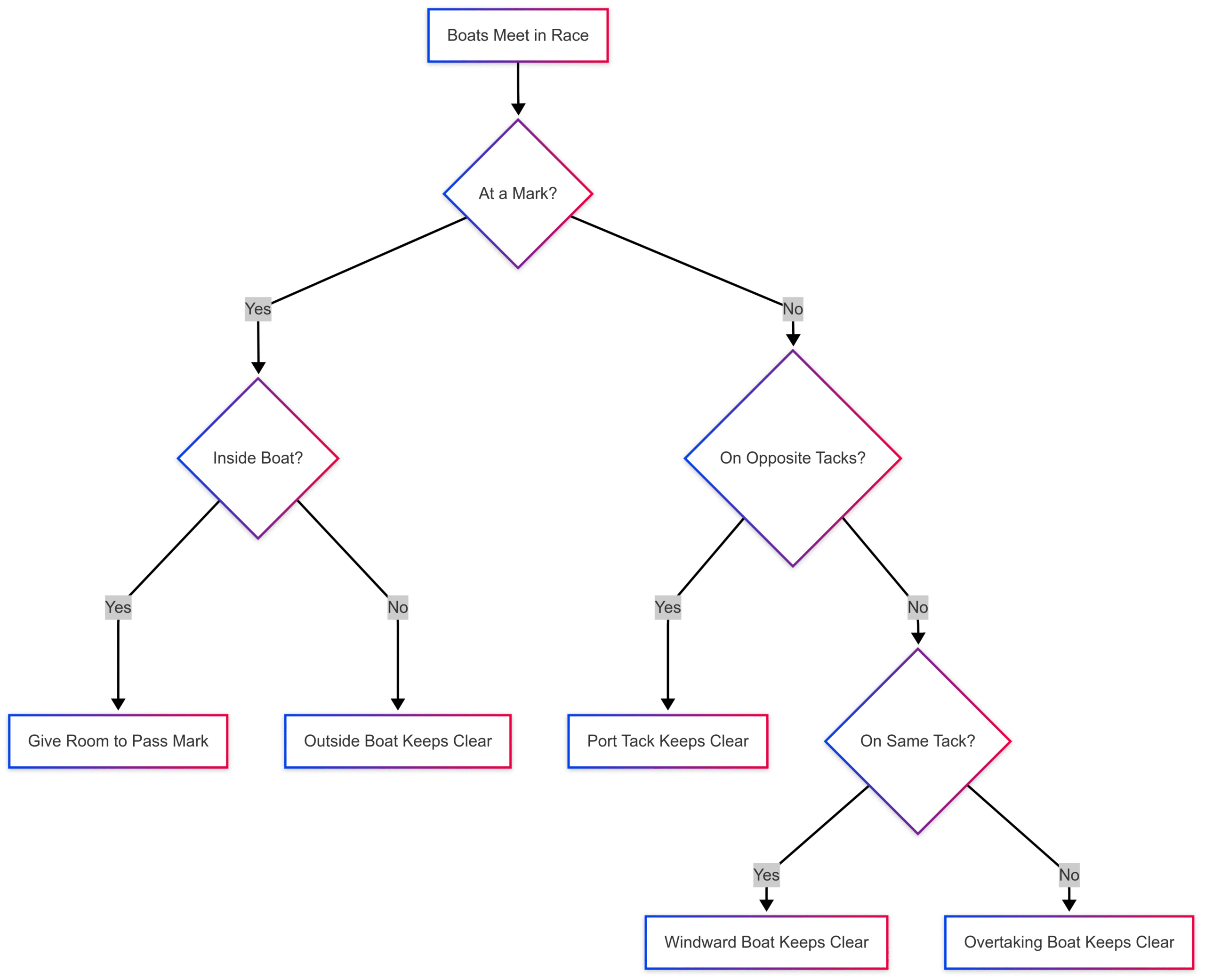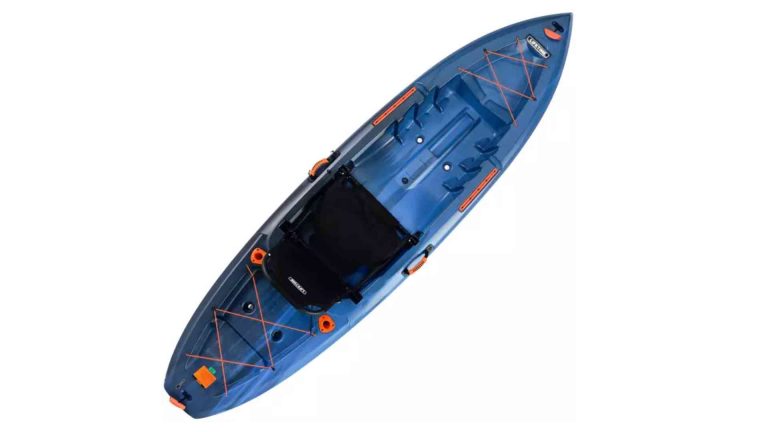Learn How to Sail – Sailing Rules & Instructions
Master sailing with our comprehensive guide to sailing rules, techniques, and terminology. Learn tacking, jibing, and collision avoidance for beginners.
Sailing is an exhilarating blend of adventure, skill, and connection with nature. Whether you’re navigating a serene lake or tackling the open sea, understanding the fundamental rules and techniques of sailing is essential for safety and enjoyment. This comprehensive guide covers everything beginners need to know, from collision avoidance and right-of-way rules to mastering tacking, jibing, and essential sailing terminology. Designed to be practical and actionable, this article will equip you with the knowledge to start your sailing journey confidently.
Why Learn to Sail?
Sailing offers a unique mix of relaxation, recreation, and challenge. It’s a sport that demands technical knowledge, physical coordination, and an intuitive feel for the wind and water. For beginners, mastering the basics—such as the rules of the waterway, sail positions, and boat handling—lays the foundation for a lifetime of enjoyment. This guide prioritizes clarity, focusing on safety, navigation, and practical techniques to help you sail with confidence.
Sailing Rules: Safety and Collision Avoidance
The core of safe sailing lies in preventing collisions and maintaining control of your vessel. The International Regulations for Preventing Collisions at Sea (COLREGS) and the Racing Rules of Sailing (RRS) provide a framework to ensure safe and fair interactions between boats. Below are the key rules every sailor must know.
1. Maintain a Proper Lookout
A fundamental rule of sailing is to always be aware of your surroundings. This means:
- Visual and Audible Awareness: Constantly scan the horizon for other boats, obstacles, or hazards. Listen for horns, shouts, or engine noises that may indicate nearby vessels.
- Safe Speed: Adjust your speed to maintain control, especially in crowded waters or poor visibility.
- Risk Assessment: Use common sense to evaluate potential collision risks and act early to avoid them.
2. Right-of-Way Rules
Right-of-way rules determine which boat must yield to avoid a collision. These rules apply in open water, near marks, or during races.
Port vs. Starboard Tack
- When two sailboats approach with the wind on different sides, the boat on the port tack (wind from the left side) must give way to the boat on the starboard tack (wind from the right side). This is Rule 10 of the RRS.
- Example: If you’re on a port tack and see a starboard-tack boat approaching, you must alter course or tack to avoid a collision.
Windward vs. Leeward
- When two sailboats are on the same tack, the windward boat (closer to the wind) must give way to the leeward boat (further from the wind). This is Rule 11.
- The leeward boat has the advantage, as it’s typically in a more stable position.
Overtaking
- An overtaking boat must keep clear of the boat being overtaken, regardless of tack (Rule 12). This applies to both racing and cruising scenarios.
- Example: If you’re passing another boat from behind, ensure you give them ample space to maneuver.
Tacking
- A boat that is tacking (turning through the wind to change tack) must keep clear of boats that are not tacking (Rule 13).
- Tacking boats lose their right-of-way until the maneuver is complete.
3. Rules at Marks and Obstructions
Marks (buoys or fixed points) and obstructions (like rocks or piers) have specific right-of-way rules:
- Windward Mark: When approaching a windward mark (a mark you tack to reach), the inside boat (closer to the mark) has the right to room if overlapped, provided they don’t take more space than needed (Rule 18.2).
- Gybe or Leeward Mark: At off-wind marks, the inside boat must be given room to pass the mark in a seamanlike way, even if they’re the give-way boat (Rule 18.2(a)).
- Clear Ahead or Astern: A boat clear ahead at a mark can bear away or gybe without interference, while the trailing boat must keep clear (Rule 18.2(c)).
4. Starting Line Rules
- At the start of a race, no boat has the right to room at a starting mark unless it’s surrounded by non-navigable water.
- Barging: Attempting to squeeze between a leeward boat and a starting mark (e.g., a committee boat) is prohibited. Violators risk penalties.
- Over Early: If any part of your boat crosses the start line before the signal, you must return and restart while keeping clear of other boats.
5. Collision Avoidance and Penalties
Even when you have the right-of-way, you must avoid collisions at all costs. In racing, breaking a rule requires a 720-degree penalty turn (two full circles) to exonerate yourself. Failure to take the penalty may lead to a protest and potential disqualification. In cruising, the International Regulations for Preventing Collisions at Sea (IRPCAS) apply, with slight differences:
- Overtaking boats must keep clear, regardless of tack.
- Sailboats have right-of-way over powerboats, but must yield to large vessels or those restricted in maneuverability.
Chart: Right-of-Way Rules
Below is a visual representation of the basic right-of-way rules for sailboats.

Sailing Maneuvers: Tacking and Jibing
Mastering tacking and jibing is essential for controlling your boat’s direction relative to the wind. These maneuvers allow you to change course efficiently while maintaining speed and stability.
Tacking
Tacking involves turning the bow of the boat through the wind, switching the sails from one side to the other. This is used when sailing upwind (close-hauled).
- Prepare: Alert the crew with “Ready to tack?” Ensure lines are clear and the new course is safe.
- Initiate: Call “Helms alee” and turn the helm (tiller away or wheel toward you) to point the bow into the wind.
- Complete: As the sails luff and cross the centerline, release the old jib sheet and trim the new one. Straighten the helm once on the new tack.
- Check: Ensure the sails are properly trimmed for the new course.
Jibing
Jibing is the opposite of tacking, involving turning the stern through the wind, typically when sailing downwind.
- Prepare: Call “Prepare to jibe” and ensure the crew is ready. Center the mainsheet to control the boom.
- Initiate: Call “Jibe-ho” and turn the helm (tiller toward or wheel away) to swing the stern through the wind.
- Complete: As the boom crosses the centerline, trim the sails for the new course.
- Check: Adjust sail trim to optimize speed and stability.
Key Tips
- Tacking: Keep the turn smooth to maintain momentum. Avoid tacking too frequently, as it slows you down.
- Jibing: Control the boom to prevent it from swinging violently, which can be dangerous.
- Practice: Both maneuvers require practice to execute smoothly, especially in strong winds.
Sail Positions and Points of Sail
Understanding sail positions and points of sail is crucial for efficient sailing. The point of sail refers to the boat’s direction relative to the wind, and each point requires specific sail adjustments.
Points of Sail
- Close-Hauled: Sailing as close to the wind as possible (about 30-45°). Sails are trimmed tightly.
- Beam Reach: Sailing perpendicular to the wind (90°). Sails are eased slightly for a fuller shape.
- Broad Reach: Sailing with the wind coming from behind at an angle. Sails are eased further.
- Running: Sailing directly downwind. Sails are fully eased, often wing-on-wing (jib and mainsail on opposite sides).
- In Irons: When the boat is pointed directly into the wind, sails luff, and forward motion stops. Avoid this by planning.
System: maintaining momentum during tacks or adjusting course to exit irons.
Sail Trim
Proper sail trim maximizes speed and efficiency:
- Upwind (Close-Hauled): Sails are flat and tight, with telltales streaming evenly.
- Downwind (Running): Sails are full and curved to capture maximum wind.
- Telltales: Use these yarn indicators on sails to gauge airflow. Adjust trim until telltales stream smoothly.
Essential Sailing Equipment
Having the right equipment ensures safety and comfort on the water. Below is a checklist of essentials:
| Item | Purpose | Approx. Price (USD) |
|---|---|---|
| Life Jacket | Personal flotation for safety | $30–$150 |
| VHF Radio | Communication with other boats/shore | $100–$500 |
| GPS | Navigation and location tracking | $100–$1,000 |
| Flares | Emergency signaling | $20–$100 |
| Bilge Pump | Removes water from the boat | $50–$200 |
| Navigation Lights | Visibility at night/restricted conditions | $50–$300 |
| Depth Sounder | Measures water depth | $100–$500 |
| Anchor | Secures boat in place | $50–$300 |
| Fenders | Protects boat when moored | $20–$100 each |
Recommended Beginner Sailboats
For beginners, small, simple sailboats are ideal for learning. Here are two popular options:
| Boat Model | Specifications | Approx. Price (USD) |
|---|---|---|
| Laser Standard | Length: 13.9 ft, Beam: 4.7 ft, Sail Area: 76 sq ft | $5,000–$7,000 |
| Sunfish | Length: 13.9 ft, Beam: 4.1 ft, Sail Area: 75 sq ft | $4,000–$6,000 |
These boats are lightweight, easy to rig, and responsive, making them perfect for mastering basic maneuvers.
Sailing Terminology
Sailing has a unique vocabulary that beginners must learn. Below are key terms:
- Bow/Stern: Front/back of the boat.
- Port/Starboard: Left/right side when facing the bow.
- Halyard: Line used to hoist sails.
- Tiller: Lever for steering via the rudder.
- Keel: Fin under the boat for stability.
- Mainsail/Jib: Primary sail at the mast/front of the boat.
- Beam: Widest part of the boat.
- Luffing: When sails flutter due to insufficient wind.
Knots
Knots are critical for securing lines. Practice these:
- Bowline: Creates a secure loop (e.g., for docking).
- Cleat Hitch: Secures a line to a cleat.
- Figure Eight: Prevents a line from slipping through a fitting.
- Clove Hitch: Ties a line to a pole or post.
UK Boating Regulations
In the UK, additional regulations apply:
- Navigation Lights: Required after sunset or in low visibility.
- Speed Limits: Enforced near marinas or harbors.
- Insurance: Third-party insurance (£1 million minimum) required for powered boats or houseboats.
- Environmental Consideration: Avoid disturbing wildlife or sensitive areas.
- Sobriety: Alcohol and drugs are prohibited while operating a boat.
Learning to Sail: Practical Tips
Start Small
Begin with a small boat (e.g., Laser or Sunfish) to learn the basics. Tiller-steered boats provide better feedback than wheel-steered ones.
Take Lessons
Professional instruction accelerates learning. Sailing schools teach rigging, maneuvering, and safety. Online videos can supplement lessons but aren’t a substitute.
Practice Knot Tying
Master essential knots at home to build confidence on the water.
Understand Weather
Check forecasts for wind, tides, and pressure systems. Avoid sailing in unstable low-pressure conditions.
Join a Community
Sailing clubs offer mentorship, practice opportunities, and camaraderie. The Royal Yachting Association (RYA) provides resources and certifications.
Racing Rules for Beginners
Racing introduces additional rules:
- Port/Starboard: Port-tack boats yield to starboard-tack boats.
- Windward/Leeward: Windward boats yield to leeward boats on the same tack.
- Penalty Turns: A 720° turn is required for rule infractions.
- Protests: Hail “protest” and inform the race officer if fouled.
Chart: Racing Right-of-Way

Key Takeaways
Sailing is a rewarding pursuit that combines technical skill, environmental awareness, and strategic thinking. By mastering the rules of the waterway, tacking and jibing techniques, sail trim, and essential terminology, beginners can confidently navigate their first outings. Start with a small boat, practice regularly, and prioritize safety to build a strong foundation. As you spend more time on the water, the jargon and techniques will become second nature, opening the door to a lifetime of sailing adventures.
For further learning, explore RYA resources or join a local sailing club to connect with experienced sailors and refine your skills.
Happy Boating!
Share Learn How to Sail – Sailing Rules & Instructions with your friends and leave a comment below with your thoughts.
Read Learning the Basics of Sailing: Your Complete Guide until we meet in the next article.






